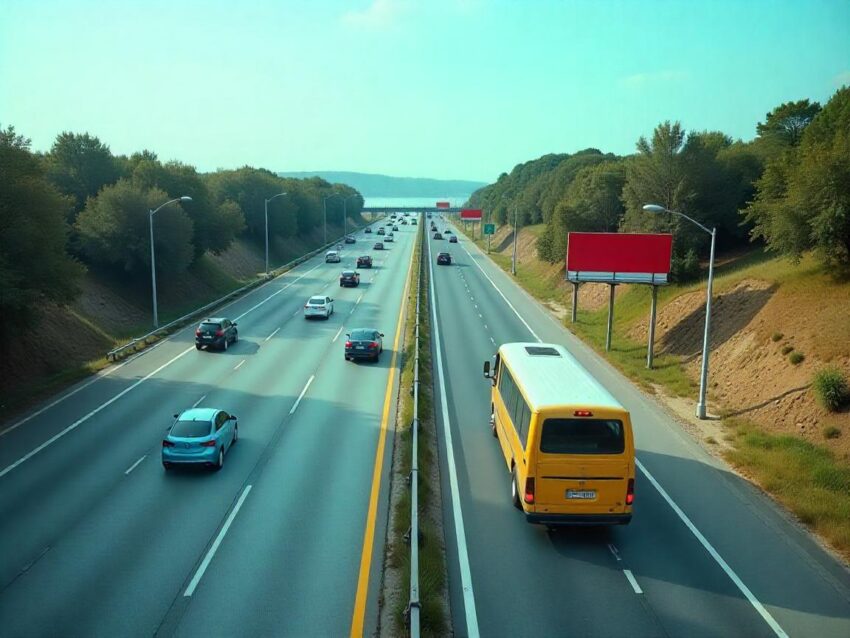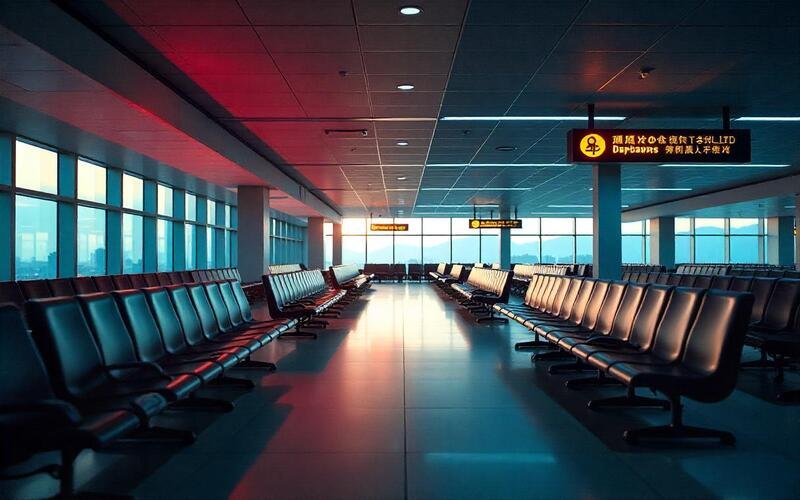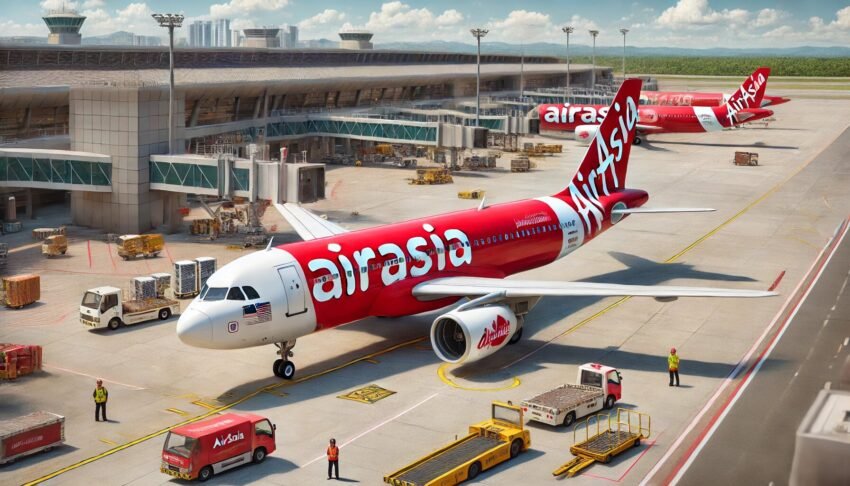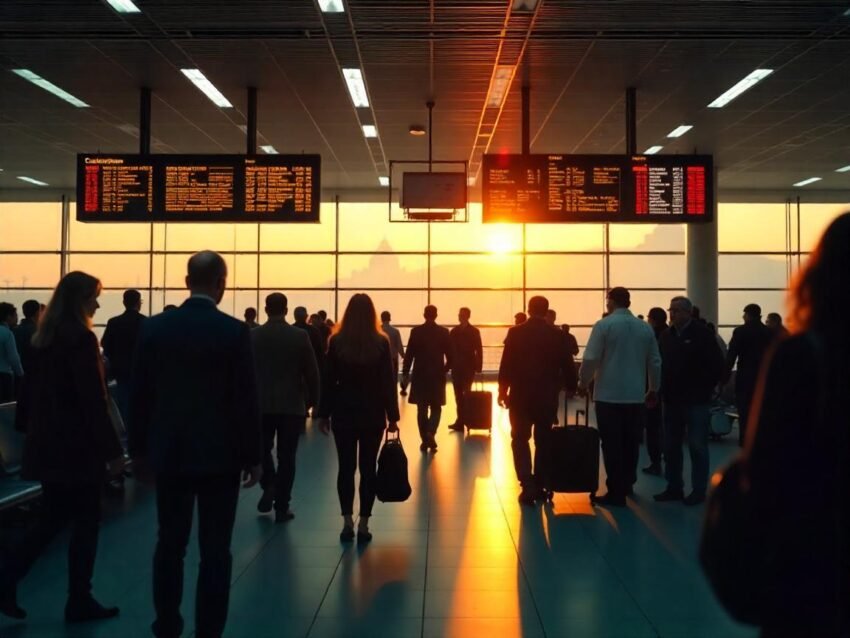Home
»
Hong Kong News
»
Hong Kong’s Unveils Groundbreaking Southbound Travel Scheme for Guangdong Vehicles Revolutionizing Cross-Border Travel and Boosting Tourism and Economic Growth
Thursday, July 3, 2025

Hong Kong’s new Southbound Travel Initiative for Guangdong vehicles is set to revolutionize cross-border travel by allowing up to 100 vehicles daily to enter the city via the Hong Kong-Zhuhai-Macau Bridge. This bold move aims to stimulate tourism, enhance economic connections, and improve cross-border infrastructure. By catering to the growing demand from Guangdong residents eager to explore Hong Kong’s attractions, shopping districts, and culinary offerings, the scheme fosters deeper ties between Hong Kong and mainland China. The initiative not only opens up new opportunities for local businesses but also strengthens the region’s position as a dynamic hub for travel and commerce.
The launch of the Southbound Travel for Guangdong Vehicles scheme has sparked significant enthusiasm among the business sector and residents of Guangdong, as it promises to transform cross-border travel between Hong Kong and the mainland. With a daily quota of 100 vehicles allowed to enter Hong Kong’s urban areas via the Hong Kong-Zhuhai-Macau Bridge, the initiative is expected to not only enhance convenience but also strengthen economic ties and promote tourism.
Mable Chan, the Secretary for Transport and Logistics, was quick to acknowledge the positive reception of the scheme, highlighting the immense potential it holds for both visitors and local businesses. The scheme offers tailored packages specifically designed for Guangdong drivers, addressing their unique needs and providing a seamless travel experience. These packages are expected to improve transportation infrastructure and connectivity, providing better access to various urban areas, including shopping districts, restaurants, and tourist hotspots.
In addition to the new packages, the scheme’s promotional strategies will be carefully crafted to attract the Guangdong residents to Hong Kong, where they can indulge in the city’s world-renowned food, culture, and shopping experiences. By promoting Hong Kong as a top destination for tourism and leisure, the Southbound Travel for Guangdong Vehicles scheme aims to tap into an emerging market that has a growing interest in cross-border exploration.
The new initiative is modeled after the Northbound Travel for Hong Kong Vehicles scheme, which has been in place for some time, allowing Hong Kong residents to drive their vehicles into the mainland. Both schemes are designed to achieve reciprocity, providing mutual benefits for residents and businesses on both sides of the border. The introduction of the Southbound scheme reflects Hong Kong’s continued efforts to open new avenues for cross-border collaboration and strengthen its relationship with mainland China.
As of now, approximately 8,500 left-hand drive vehicles are registered and operational within Hong Kong. This number is expected to grow in the coming years as more Guangdong residents take advantage of the new scheme. Interestingly, data from the first half of last year indicates that the accident rate for left-hand drive vehicles in Hong Kong was an impressively low 0.2%. This is a stark contrast to the 1.67% accident rate for right-hand drive vehicles, underscoring the safety and ease with which left-hand drive vehicles can navigate the city. Since vehicles in mainland China are predominantly left-hand drive, this is a key factor in the seamless integration of Guangdong drivers into Hong Kong’s transportation ecosystem.
One of the key motivations behind the Southbound Travel for Guangdong Vehicles scheme is the growing desire among Guangdong residents to visit Hong Kong. The city’s unique blend of modernity and tradition, coupled with its reputation for outstanding shopping and dining, has made it a magnet for tourists from across the mainland. Hong Kong’s famous street food, upscale restaurants, luxurious shopping malls, and stunning attractions such as Victoria Peak and Disneyland have always drawn visitors from Guangdong. With the new travel initiative, it is expected that the number of Guangdong residents making day trips to Hong Kong will significantly increase.
The scheme also has the potential to bring about significant economic benefits. As more Guangdong vehicles enter Hong Kong, there will be a greater demand for services such as parking, fuel, and tolls, benefiting the local economy. Additionally, businesses in retail, hospitality, and tourism can expect to see increased patronage from mainland visitors. The city’s transportation infrastructure will also receive a boost, with enhanced roadways, parking facilities, and services tailored to meet the needs of mainland drivers.
Moreover, the scheme represents a step toward further integration of Hong Kong and Guangdong, strengthening the economic and cultural bonds between the two regions. As both areas share a deep historical connection, initiatives like the Southbound Travel scheme are key to reinforcing ties, promoting mutual understanding, and enhancing cross-border cooperation.
The scheme’s long-term benefits will also be felt by the tourism and leisure industries. As more Guangdong residents visit Hong Kong, they will have the opportunity to explore the city’s lesser-known attractions, contributing to the diversification of the local tourism market. Additionally, increased travel and interaction between residents of both regions will foster greater cultural exchange and understanding, enriching the relationship between Hong Kong and Guangdong.
For Guangdong residents, the new scheme offers the freedom to travel on their own terms, with the convenience of using their own vehicles. This is expected to make day trips to Hong Kong more appealing, as travelers can enjoy a flexible itinerary and explore the city at their own pace. The scheme is also anticipated to improve the overall travel experience, providing greater ease and comfort compared to other forms of transportation.
Hong Kong’s Southbound Travel Initiative for Guangdong vehicles will allow daily access for up to 100 vehicles, boosting tourism, commerce, and cross-border connectivity. This strategic move enhances travel convenience and strengthens ties between Hong Kong and mainland China.
In conclusion, the Southbound Travel for Guangdong Vehicles scheme marks an exciting development for Hong Kong and its mainland neighbors. By providing Guangdong residents with the ability to drive into the city, the scheme promotes tourism, boosts economic growth, and fosters stronger ties between Hong Kong and Guangdong. With improved infrastructure, tailored packages, and carefully crafted promotional strategies, the scheme is set to become a vital part of the region’s cross-border travel landscape. As the program unfolds, it promises to transform the way people from Guangdong interact with Hong Kong, opening up new opportunities for business, leisure, and cultural exchange.
«Enjoyed this post? Never miss out on future posts by following us»







